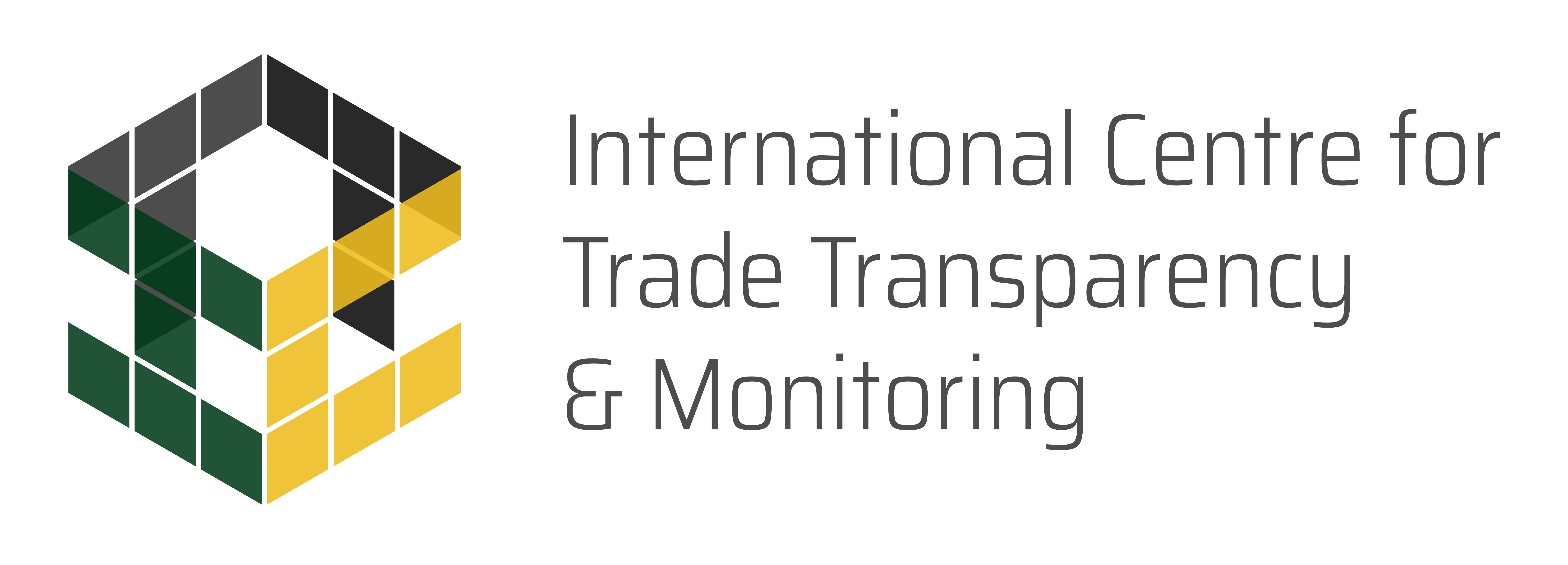Supply Chain Transparency in the Fashion Industry: Towards Sustainable Practices
Supply chain transparency is crucial in the fashion industry’s journey towards sustainable practices. By tracing the origins of materials, ensuring ethical sourcing, promoting environmental sustainability, engaging consumers, and collaborating on industry standards, fashion brands can drive positive change. Embracing technology and digital platforms further enhance transparency efforts. Supply chain transparency in the fashion industry is an essential step towards a more sustainable and responsible future for the industry and its stakeholders.










